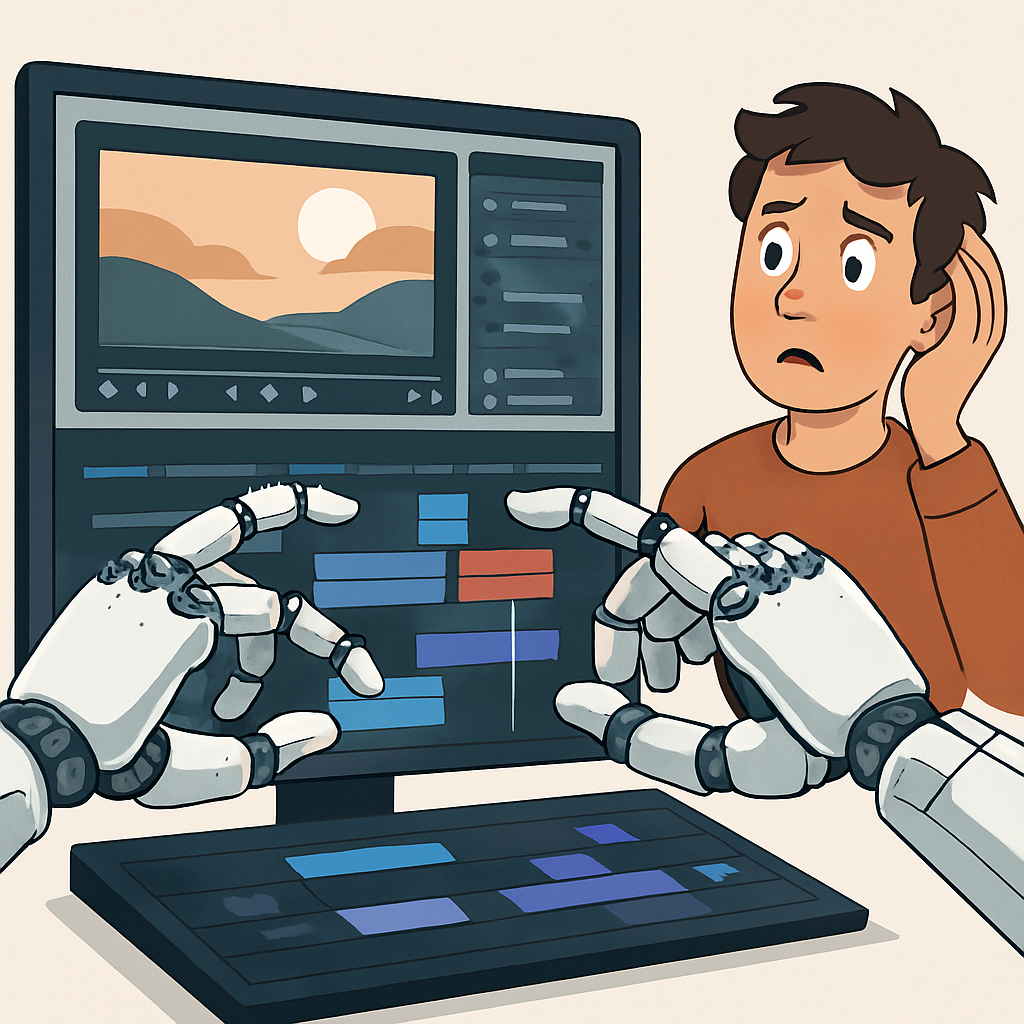Ransomware The Dark Side of AI – Emerging Threats and How to Stay Secure
Introduction
Artificial intelligence is rapidly transforming industries, from healthcare to finance. But alongside innovation lies a growing risk—ransomware the dark side of AI. Cybercriminals are harnessing AI to create more effective, adaptive, and deceptive attacks. Unlike traditional ransomware, these AI-enhanced threats can learn, adjust, and spread with alarming speed. This article explores how AI is reshaping ransomware, the risks organizations face, and strategies to defend against this next wave of cybercrime.
1. How AI Is Fueling Ransomware Evolution
Traditionally, ransomware required skilled programmers to design malicious code and distribute it. With AI, even low-level attackers can automate these steps. Generative AI tools make it possible to:
- Write malware code quickly.
- Generate convincing phishing emails in multiple languages.
- Evade traditional security measures by adapting code in real time.
This evolution lowers the barrier to entry for cybercriminals while amplifying the scale of attacks. In essence, AI has become the equalizer that makes ransomware accessible to more people, creating a surge in global threats.
2. AI-Powered Ransomware in Action
Recent discoveries highlight the emergence of ransomware programs designed with AI at their core. Unlike older ransomware strains that rely on predictable scripts, these new versions can:
- Identify high-value targets by scanning networks for sensitive data.
- Change encryption methods dynamically to avoid detection.
- Generate customized ransom notes tailored to each victim.
Early examples of AI-assisted ransomware show how cybercriminals can weaponize machine learning to optimize attacks. Some proof-of-concept programs have even demonstrated the ability to operate across multiple operating systems, making them harder to contain.
3. Social Engineering: Smarter Phishing with AI
Phishing remains one of the most common gateways for ransomware. With AI, attackers can generate messages that are nearly indistinguishable from legitimate communications. These emails or chat messages often include:
- Personalized details scraped from public data.
- Natural language that avoids spelling or grammar mistakes.
- Adaptive strategies that learn from failed attempts.
This is one of the clearest examples of ransomware the dark side of AI, as it targets the weakest link in cybersecurity—human error. Employees who might normally spot suspicious emails are now facing messages that feel entirely authentic.
4. Global Impact and Rising Risks
The rise of AI-driven ransomware is not confined to one region or industry. Attacks are spreading globally, with sectors like healthcare, education, and government being prime targets. These industries often store sensitive data and rely on uninterrupted operations, making them more likely to pay ransoms.
AI also accelerates the speed of attacks. What once took weeks to plan can now be executed in days or even hours. This rapid pace overwhelms traditional defenses, leaving organizations scrambling to respond before damage is done.
5. Defensive Strategies Against AI-Enhanced Ransomware
While the threat is serious, proactive defenses can help organizations prepare. Key strategies include:
- AI-driven defense tools: Using machine learning for anomaly detection to spot unusual patterns in system behavior.
- Employee training: Regularly educating staff to recognize phishing attempts, even those generated by AI.
- Multi-layered security: Combining firewalls, intrusion detection, and endpoint monitoring to limit exposure.
- Offline backups: Maintaining secure, offline backups to ensure data recovery without paying ransoms.
- Incident response planning: Developing detailed protocols for containing and mitigating ransomware attacks.
By adopting these measures, organizations can level the playing field against criminals exploiting AI.
6. The Ethical Challenge of AI in Cybersecurity
The dual nature of AI presents a unique challenge. On one hand, AI strengthens cybersecurity by predicting threats and automating defenses. On the other, the same technology fuels more advanced attacks. This dual-use dilemma raises ethical questions about how AI should be developed, deployed, and regulated.
Governments, tech companies, and security experts must collaborate to ensure AI is used responsibly. Regulations, standards, and oversight will be essential to prevent abuse while promoting innovation.
Conclusion
The rise of ransomware the dark side of AI represents a turning point in the cybersecurity landscape. AI has made ransomware more adaptable, more deceptive, and more dangerous than ever before. While some attacks remain experimental, the trajectory is clear: AI will continue to redefine how cybercriminals operate.
Defending against this threat requires a blend of technology, training, and preparedness. By leveraging AI for defense, fostering awareness, and strengthening systems, organizations can withstand the darker side of technological progress. The battle is only beginning, but awareness and resilience remain our strongest shields.




Comments are closed